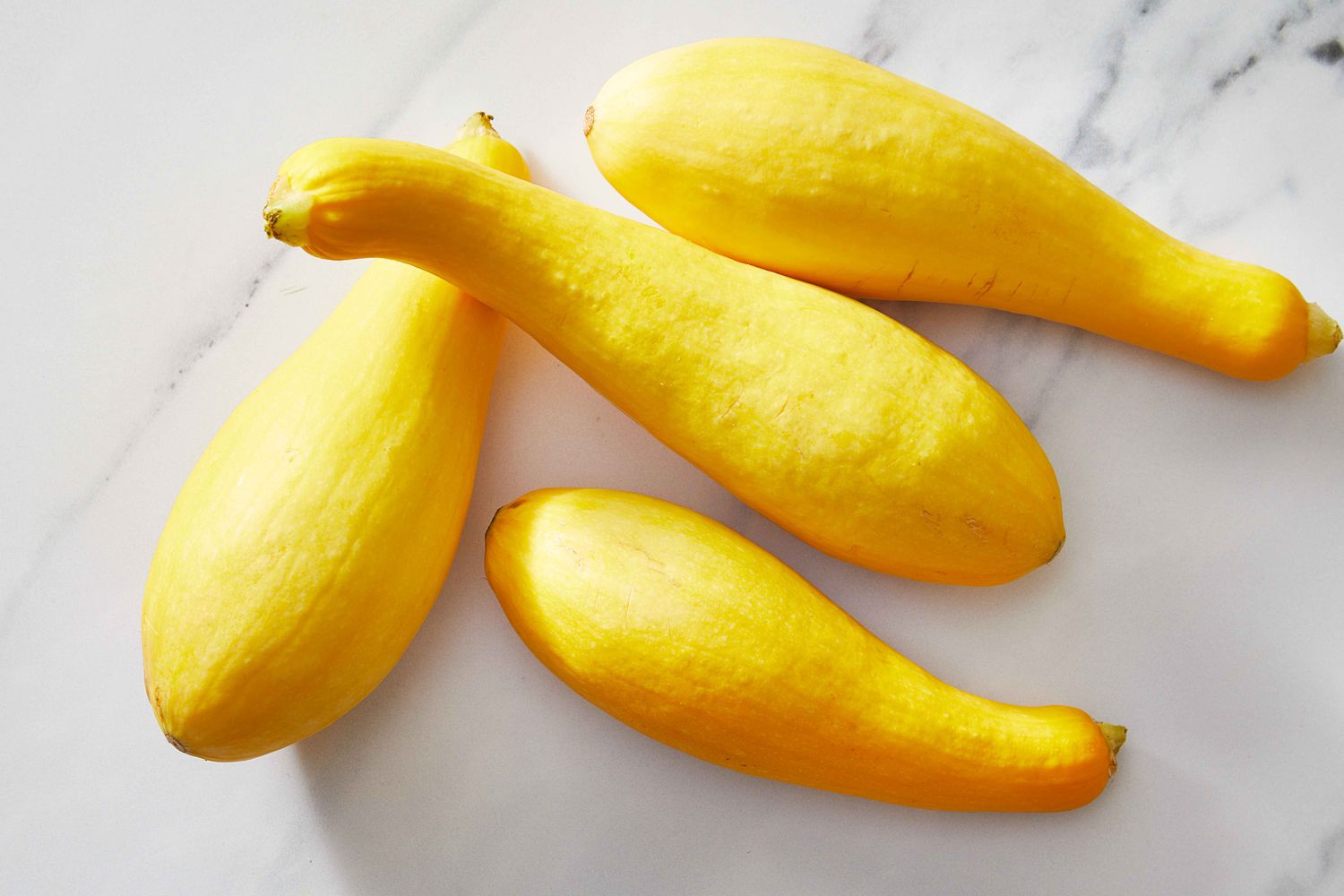

Articles
How To Store Summer Squash
Modified: December 7, 2023
Learn the best methods for storing summer squash in this helpful articles and keep your harvest fresh for longer periods.
(Many of the links in this article redirect to a specific reviewed product. Your purchase of these products through affiliate links helps to generate commission for Storables.com, at no extra cost. Learn more)
Introduction
Summer squash is a versatile and delicious vegetable that can be enjoyed in a variety of dishes. Whether you grow it in your own garden or buy it fresh from the market, knowing how to properly store summer squash is essential to maximize its shelf life and preserve its quality.
In this article, we will guide you through the process of storing summer squash, from selecting the freshest produce to different storage methods like refrigeration, countertop storage, freezing, and even canning. Additionally, we will explore some creative ways to make the most of your summer squash harvest.
By following these storage tips and ideas, you can ensure that your summer squash remains fresh and flavorful for longer periods, allowing you to enjoy this vibrant vegetable throughout the year.
Key Takeaways:
- Proper storage of summer squash is crucial for maintaining its freshness and flavor. From selecting the best produce to refrigeration and freezing, following the right techniques can extend its shelf life and ensure delicious meals year-round.
- Get creative with summer squash in the kitchen! From grilling to making fritters and soups, there are endless ways to enjoy this versatile vegetable. Experiment with different recipes and cooking techniques to discover your favorite ways to showcase its vibrant flavors.
Read more: How To Store Squash Blossoms
Choosing Fresh Summer Squash
When it comes to storing summer squash, the first step is to select the freshest produce. Follow these tips to ensure that you are choosing high-quality squash:
- Look for firm squash with smooth and unblemished skin. Avoid squash that has soft spots, bruises, or discoloration, as these are signs of spoilage.
- Choose smaller to medium-sized squash, as they tend to be sweeter and more tender than larger ones.
- Check the stem end of the squash. It should be fresh and green, indicating that it was picked recently.
- Avoid squash that feels overly heavy, as this may be a sign of excessive moisture and it can spoil more quickly.
- Choose squash with vibrant colors. Yellow squash should have a bright yellow hue, while zucchini should be deep green and shiny.
By selecting the freshest and highest-quality summer squash, you are setting the foundation for successful storage and delicious meals.
Best Storage Conditions for Summer Squash
Proper storage conditions play a crucial role in preserving the freshness and flavor of summer squash. Follow these guidelines to ensure optimal storage conditions:
- Temperature: Summer squash is sensitive to extreme temperatures. It is best stored at around 50 to 60 degrees Fahrenheit (10 to 15 degrees Celsius). Avoid storing it in places that are too hot or cold, as it can result in premature spoilage or loss of flavor.
- Humidity: Summer squash prefers moderate humidity levels. Excess moisture can cause rotting, while overly dry conditions can lead to dehydration. Aim for a humidity level of around 50 to 70 percent.
- Air Circulation: Proper air circulation is essential to prevent the buildup of excess moisture and maintain the freshness of the squash. Avoid storing it in sealed plastic bags, as this can promote the growth of mold. Opt for perforated or breathable bags instead, or store it loosely in an open container.
- Light: Summer squash is sensitive to light and can spoil more quickly when exposed to direct sunlight. Therefore, it is best to store it in a cool, dark place, such as a pantry or cellar.
By providing the ideal storage conditions, you can extend the shelf life of your summer squash and ensure that it remains fresh and delicious for longer.
Preparing Summer Squash for Storage
Before storing summer squash, it is essential to properly prepare it to ensure longevity and maintain its quality. Follow these steps to prepare your squash for storage:
- Inspect and Clean: Examine the squash for any signs of damage or spoilage. Remove any stems or leaves attached to the squash. Gently brush off any dirt or debris using a soft brush or cloth.
- Trimming: If there are any blemishes or soft spots on the squash, carefully trim them using a sharp knife. Be sure to remove only the affected area, as excessive trimming can reduce the shelf life of the squash.
- Avoid Washing: It is generally recommended not to wash summer squash before storing it. Excess moisture can cause the squash to spoil more quickly. However, if the squash is exceptionally dirty, you can lightly dampen a cloth and gently wipe off the dirt without fully saturating the vegetable.
By properly preparing summer squash before storage, you can eliminate any potential sources of spoilage and help prolong its freshness.
Storing Summer Squash in the Refrigerator
Refrigeration is one of the most common methods used to store summer squash. Follow these steps to store summer squash in the refrigerator:
- Wrap Individual Squash: Individually wrap each summer squash in a paper towel or place them in a perforated plastic bag. This helps to absorb excess moisture and prevent the squash from becoming too damp.
- Place in the Crisper Drawer: Store the wrapped squash in the crisper drawer of your refrigerator. This drawer is designed to maintain a slightly higher humidity level, which is conducive to keeping the squash fresh.
- Temperature: Set the refrigerator temperature to around 40 degrees Fahrenheit (4 degrees Celsius) to ensure optimal preservation.
- Check Regularly: Periodically check on the squash to inspect for any signs of spoilage. Remove any squash that shows signs of rotting or deterioration to prevent it from affecting the others.
When stored properly in the refrigerator, summer squash can remain fresh for up to 1-2 weeks.
Note: It is best to use refrigerated summer squash within a week for optimal flavor and texture. The longer it is stored, the more it can lose its crispness and become mushy.
Store summer squash in the refrigerator in a perforated plastic bag to maintain freshness. Keep it in the crisper drawer and use within 3-5 days for best quality.
Read more: How To Store Winter Squash
Storing Summer Squash on the Counter
If you prefer to store summer squash at room temperature, follow these steps to ensure proper storage:
- Choose a Cool Spot: Find a cool area in your kitchen that is away from direct sunlight and sources of heat. A countertop or pantry shelf works well for storing summer squash.
- Avoid Stacking: Do not stack the squash on top of each other, as this can lead to bruising and spoilage. Instead, place them in a single layer to allow for better air circulation.
- Check Regularly: Frequently inspect the squash for any signs of deterioration. If you notice any squash starting to soften or develop mold, remove it immediately to prevent it from spreading to the others.
- Use Within a Few Days: Unlike refrigeration, storing summer squash on the counter has a shorter shelf life. It is best to use it within a few days to ensure optimal freshness and flavor.
Storing summer squash at room temperature can be a convenient option if you plan to use it quickly in various meals and recipes.
Note: The warmer the environment, the quicker the squash will deteriorate. If your kitchen tends to be warm, it is advisable to opt for refrigeration to extend the shelf life of the squash.
Freezing Summer Squash
If you have a surplus of summer squash and want to preserve it for future use, freezing is an excellent option. Follow these steps to freeze summer squash:
- Prepare the Squash: Start by washing the squash thoroughly and removing any stems or leaves. Then, slice or chop the squash into your desired size – either in rounds, cubes, or strips.
- Blanching: Blanching is an essential step to preserve the quality of the squash. Bring a pot of water to a boil and carefully add the squash. Blanch it for about 2-3 minutes, depending on the size of the pieces. Blanching helps to retain the color and texture while also killing any bacteria or enzymes that could cause spoilage.
- Shock in Ice Water: Immediately transfer the blanched squash to an ice bath to halt the cooking process. Keep them in the ice water for the same amount of time they were blanched.
- Drain and Dry: Drain the cooled squash and pat them dry using a clean kitchen towel or paper towels. Removing excess moisture prevents the squash from developing ice crystals during freezing.
- Portion and Pack: Divide the squash into portion sizes suitable for your needs. Place them in airtight freezer bags or freezer-safe containers. Be sure to remove as much air as possible to prevent freezer burn. Label the bags or containers with the date to keep track of the freezing time.
- Freeze: Place the packed squash in the freezer and ensure they are kept flat to maximize space. The ideal freezer temperature for storing vegetables is 0 degrees Fahrenheit (-18 degrees Celsius).
Frozen summer squash can retain its quality for up to 12 months. It’s important to note that the texture of the squash may change slightly after thawing, making it best suited for cooked dishes rather than raw consumption.
Whether you use your frozen squash in soups, stews, stir-fries, or casseroles, it provides a convenient way to enjoy the flavors of summer all year round.
Canning Summer Squash
Canning is another popular method for preserving the bounty of summer squash. Here’s a step-by-step guide to canning summer squash:
- Prepare the Squash: Wash the squash thoroughly and remove any stems, leaves, or blemishes. Cut the squash into uniform slices or cubes.
- Prepare the Canning Jars: Sterilize your canning jars and lids according to the manufacturer’s instructions. Keep them warm until ready to use.
- Hot Pack Method: Choose between raw pack or hot pack method. For hot packing, blanch the squash in boiling water for a few minutes to partially cook them. Then, pack the hot squash into the sterilized jars, leaving about 1 inch of headspace.
- Add Liquid and Seasoning: To enhance the flavor and prevent discoloration, you can add a liquid such as water, broth, or a vinegar-based brine to the jars. Consider adding your favorite herbs, spices, or even garlic for additional flavor.
- Remove Air Bubbles: Gently tap the jars to remove any trapped air bubbles. Use a non-metallic utensil, such as a chopstick or bubble remover tool, to release any air pockets between the squash slices.
- Secure and Process: Wipe the jar rims clean, place the sterilized lids on top, and screw on the bands finger-tight. Process the jars in a pressure canner according to the recommended processing time for your altitude and the type of canner being used.
- Cool and Store: After the jars have been processed and cooled, check if they are properly sealed. Store the sealed jars in a cool, dark place for up to 1 year.
Canned summer squash can be enjoyed in a variety of dishes, from casseroles to stir-fries, adding a taste of summer to your meals all year round.
Note: It is crucial to follow proper canning techniques and guidelines to ensure the safety and longevity of your canned summer squash. Always refer to reputable sources and resources for canning recipes and instructions.
Creative Ways to Use Summer Squash
Summer squash is a versatile ingredient that can be incorporated into various dishes, adding a delightful crunch and subtle sweetness. Here are some creative ways to make the most of your summer squash:
- Grilled Summer Squash: Slice the squash lengthwise and brush it with olive oil, then season with salt, pepper, and your favorite herbs. Grill the squash until tender and slightly charred for a delicious and healthy side dish.
- Summer Squash Noodles: Use a spiralizer or a vegetable peeler to create long, thin strips of squash. These “noodles” can be used as a low-carb alternative to pasta or added to salads for a refreshing twist.
- Stuffed Summer Squash: Hollow out the center of larger summer squash varieties like zucchini or pattypan, and fill them with a flavorful stuffing. Options include a mixture of breadcrumbs, cheese, herbs, and sautéed vegetables.
- Squash Fritters: Grate summer squash and mix it with herbs, breadcrumbs, and beaten eggs to create a batter. Pan-fry spoonfuls of the batter until golden brown, resulting in crispy and savory fritters.
- Summer Squash Soup: Dice summer squash and cook it with onions, garlic, and vegetable broth. Blend the mixture until smooth to create a creamy and comforting soup. Add a touch of cream and garnish with fresh herbs for extra flavor.
- Ratatouille: Combine summer squash with other seasonal vegetables like eggplant, tomatoes, and bell peppers to make a flavorful ratatouille. Serve it as a side dish or main course, or even as a topping for crusty bread.
- Summer Squash Stir-Fry: Cut summer squash into thin slices and stir-fry it with other vegetables and your choice of protein. Add a delicious sauce like soy ginger or garlic sesame for a quick and healthy meal.
- Summer Squash Salsa: Finely chop summer squash and mix it with diced tomatoes, onions, jalapeños, lime juice, and cilantro to create a vibrant salsa. Enjoy it with tortilla chips or use it as a topping for grilled meats or fish.
- Roasted Summer Squash Medley: Toss slices of summer squash with other seasonal vegetables like cherry tomatoes, onions, and bell peppers. Drizzle with olive oil, sprinkle with herbs and spices, and roast until tender and caramelized.
- Summer Squash Salad: Thinly slice or shave summer squash into ribbons and toss them with your favorite salad greens, vinaigrette, and toppings like nuts, cheese, or dried fruits. It’s a refreshing and light dish for hot summer days.
These are just a few examples of the many ways to get creative with summer squash. Let your culinary imagination run wild and experiment with different flavors and cooking techniques to discover new and delightful ways to enjoy this versatile vegetable.
Read more: How To Store Kabocha Squash
Conclusion
Storing summer squash properly is essential to prolong its freshness and maximize its usability. Whether you choose to refrigerate, store it on the countertop, freeze, or can it, following the right techniques will ensure that your summer squash remains delicious and ready to be used in a variety of dishes throughout the year.
When selecting summer squash, opt for those that are firm, unblemished, and have vibrant colors. Properly preparing the squash by cleaning and trimming it helps to eliminate any potential sources of spoilage. Depending on your storage method, you can keep summer squash in the refrigerator, on the countertop, or freeze it for longer-term preservation.
Additionally, don’t be afraid to get creative with summer squash in the kitchen. From grilling and stir-frying to making soups, salads, and even fritters, there are numerous ways to bring out the best flavors of summer squash in your dishes. Explore different recipes and experiment with various cooking techniques to discover your favorite ways to showcase this versatile vegetable.
By implementing these storage tips and embracing the culinary possibilities of summer squash, you can enjoy the fresh flavors of this delightful vegetable all year round. Whether you grow it in your own garden or purchase it from the market, storing summer squash properly ensures that you can savor its vibrant taste and reap its nutritional benefits even beyond the summer season.
So, make the most of your summer squash harvest and indulge in its delightful flavors while preserving its freshness for delightful meals throughout the year!
Frequently Asked Questions about How To Store Summer Squash
Was this page helpful?
At Storables.com, we guarantee accurate and reliable information. Our content, validated by Expert Board Contributors, is crafted following stringent Editorial Policies. We're committed to providing you with well-researched, expert-backed insights for all your informational needs.
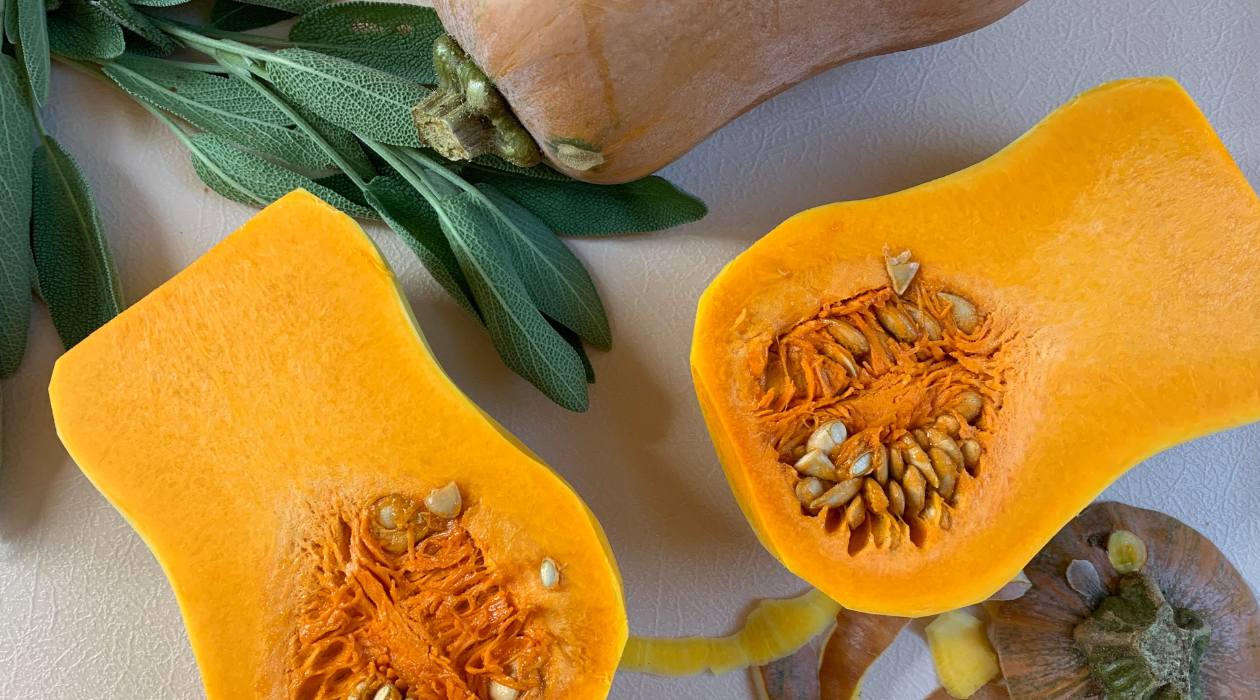
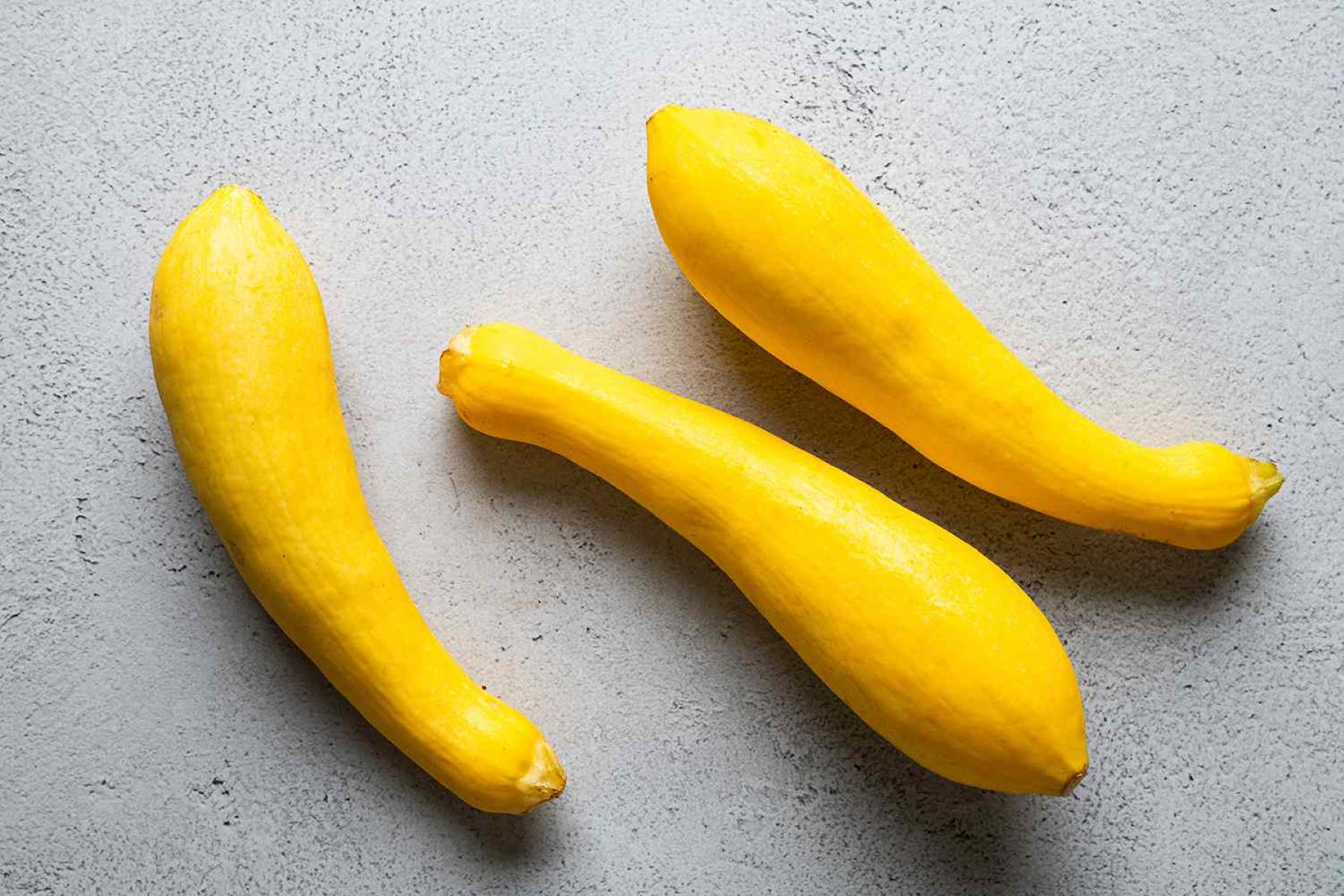
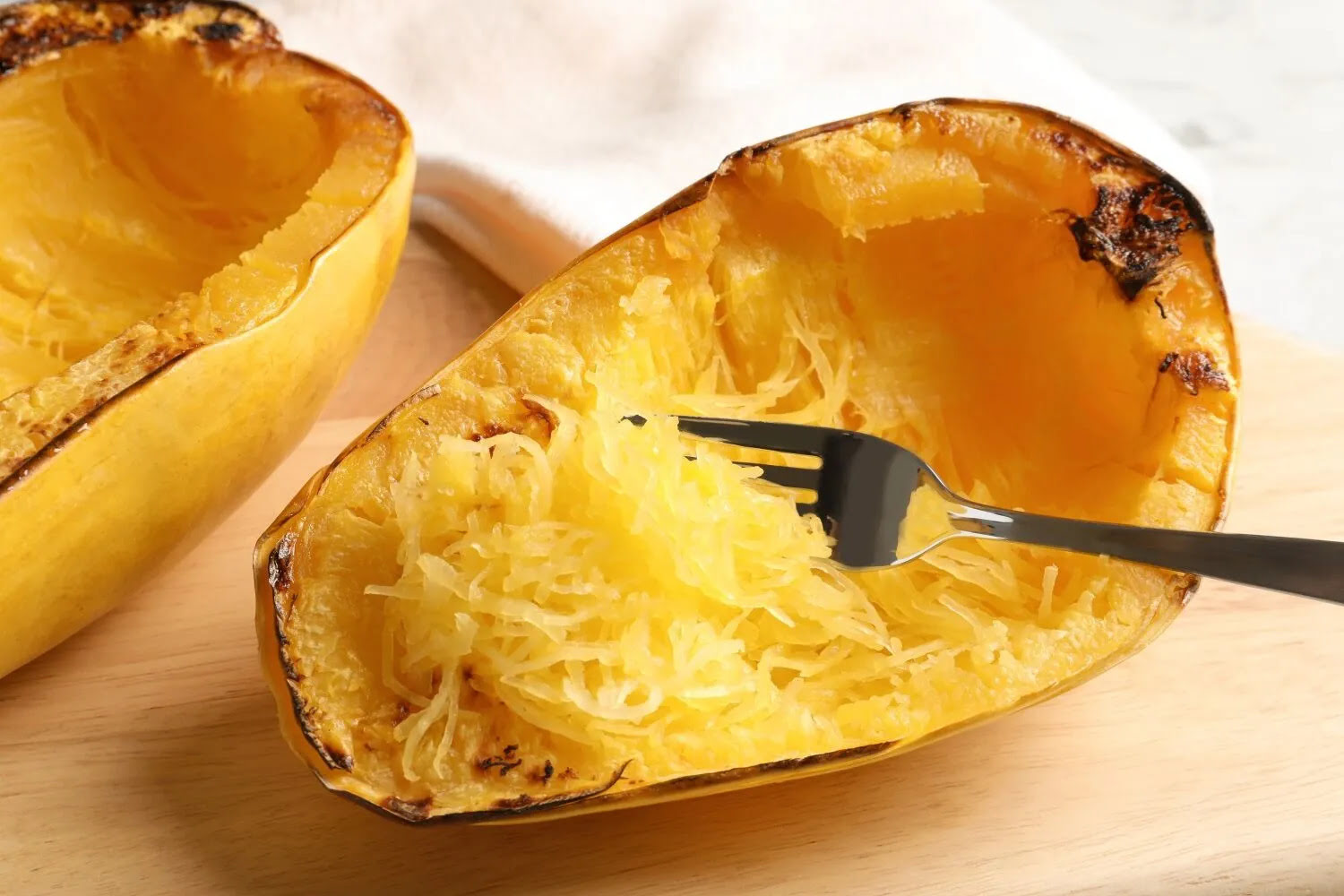
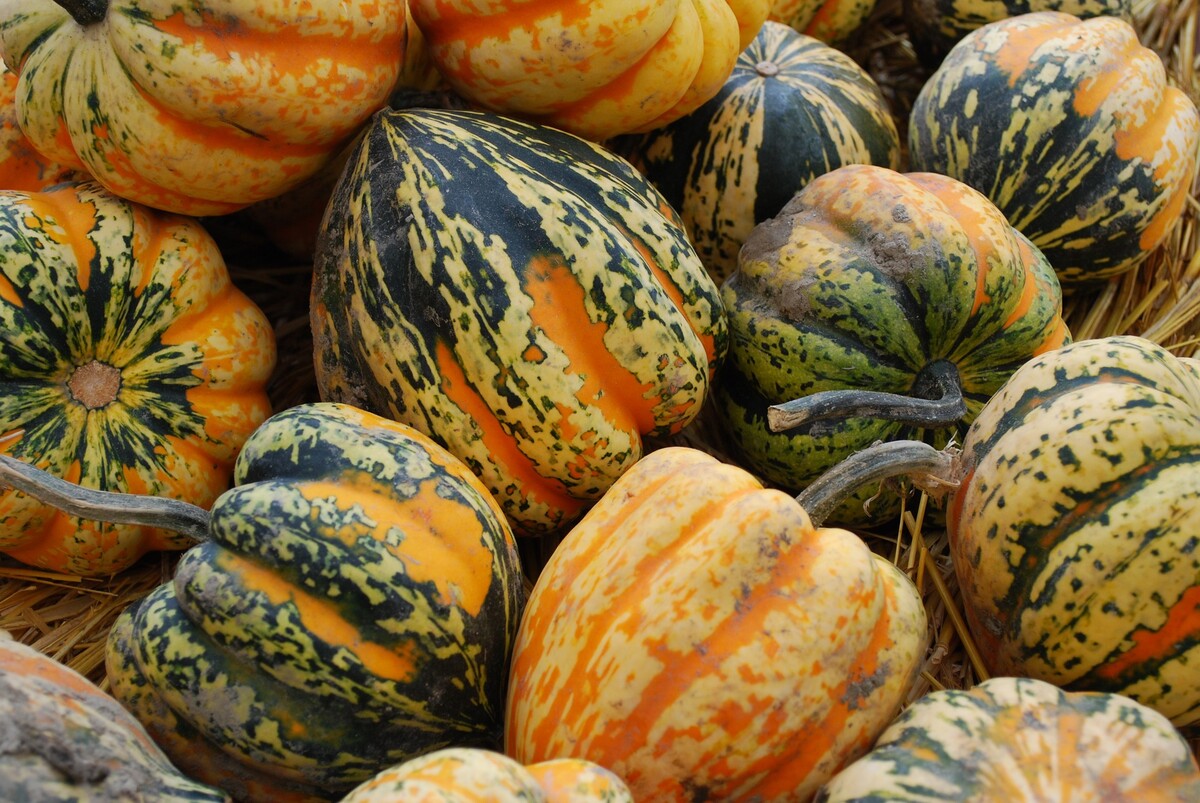
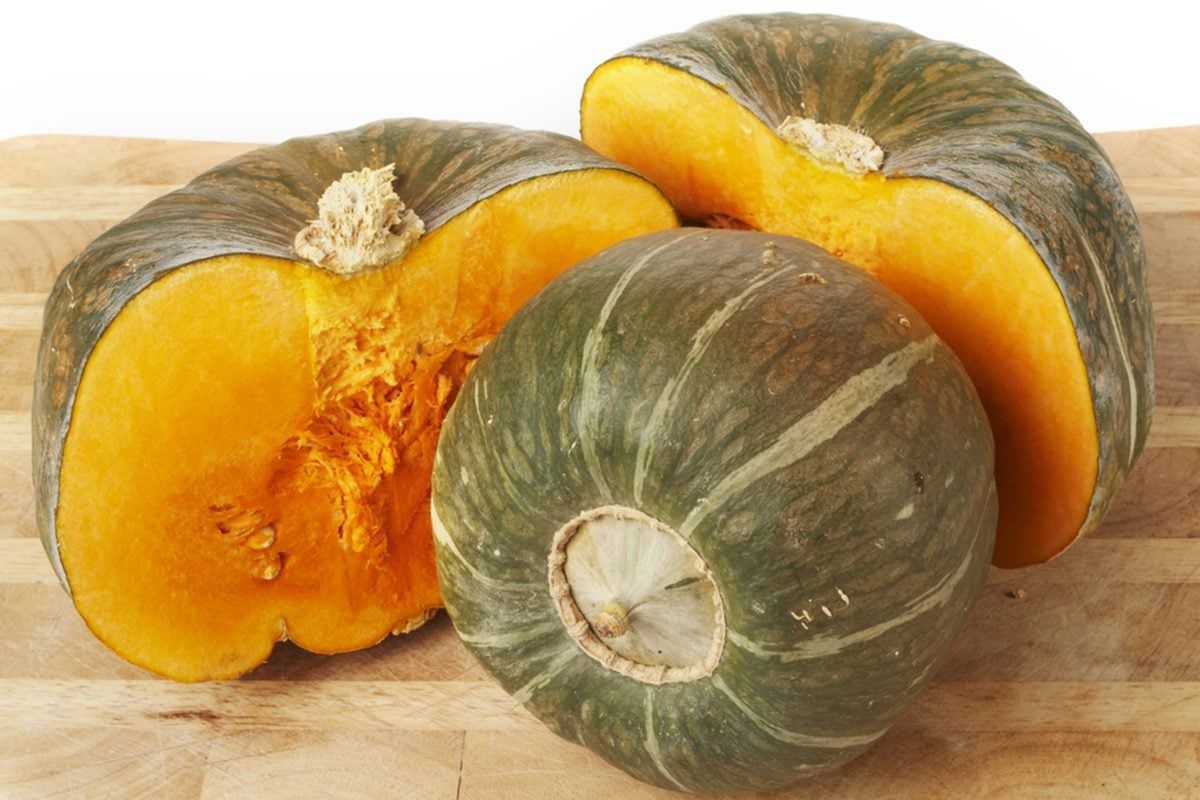
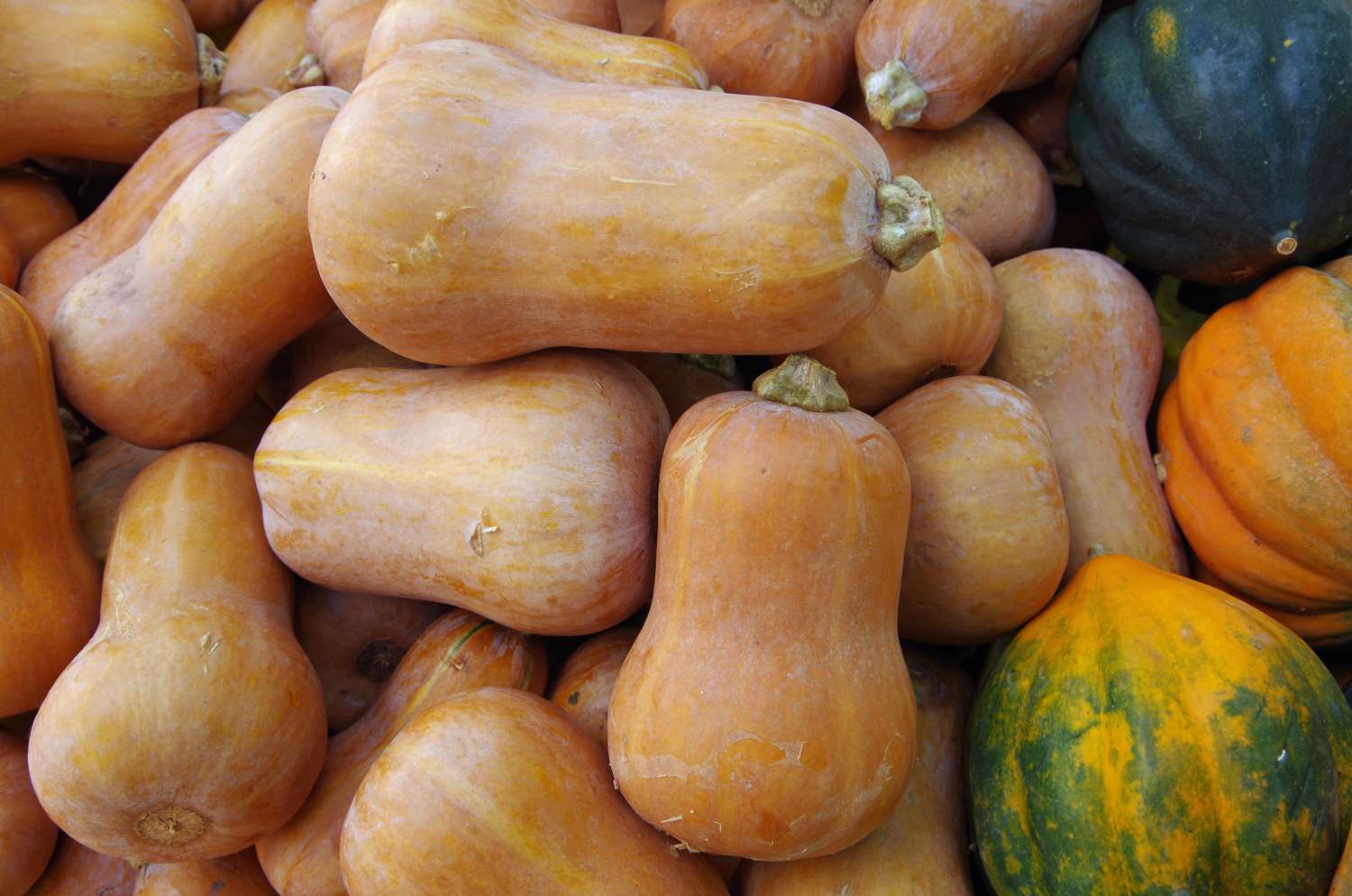



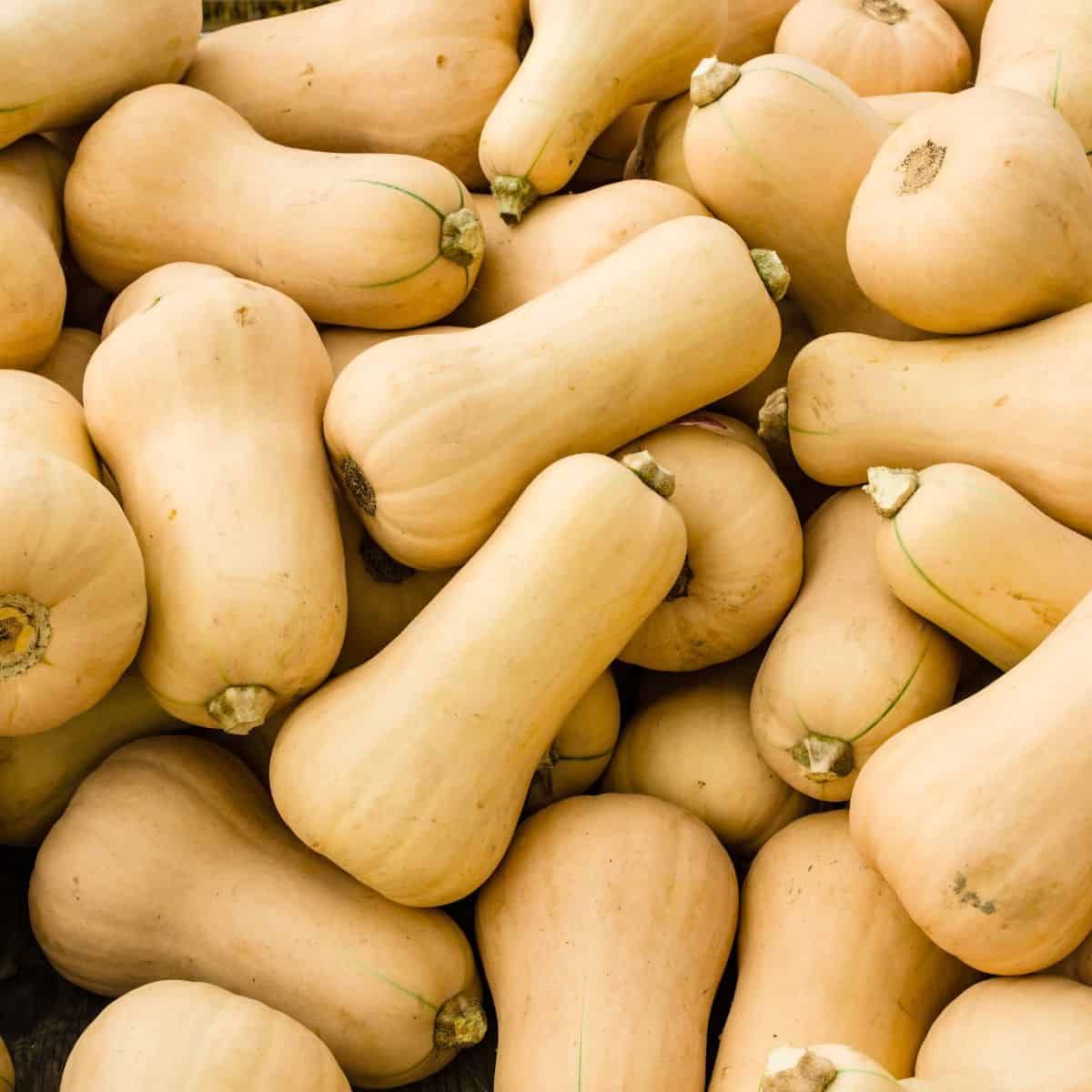

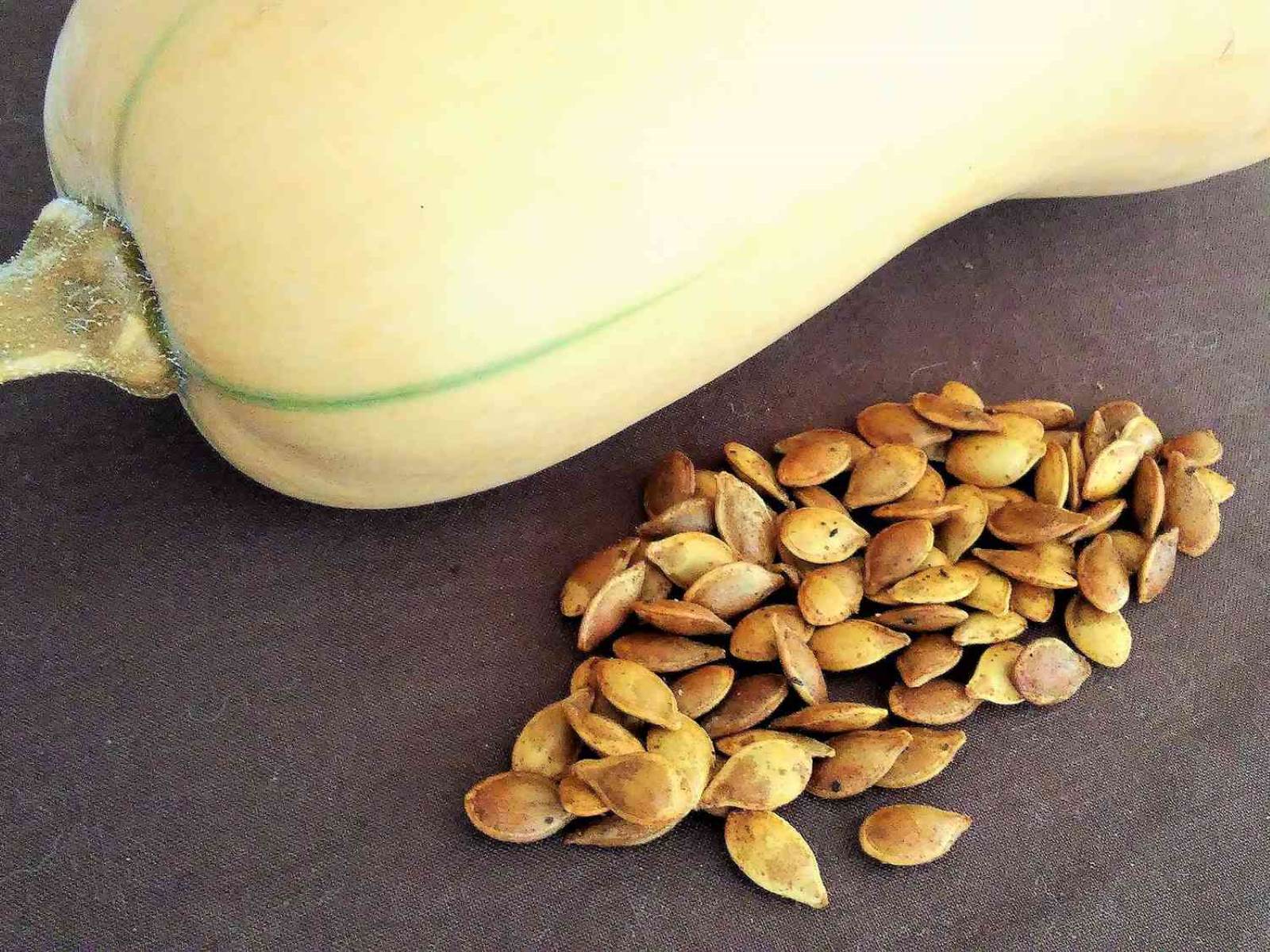
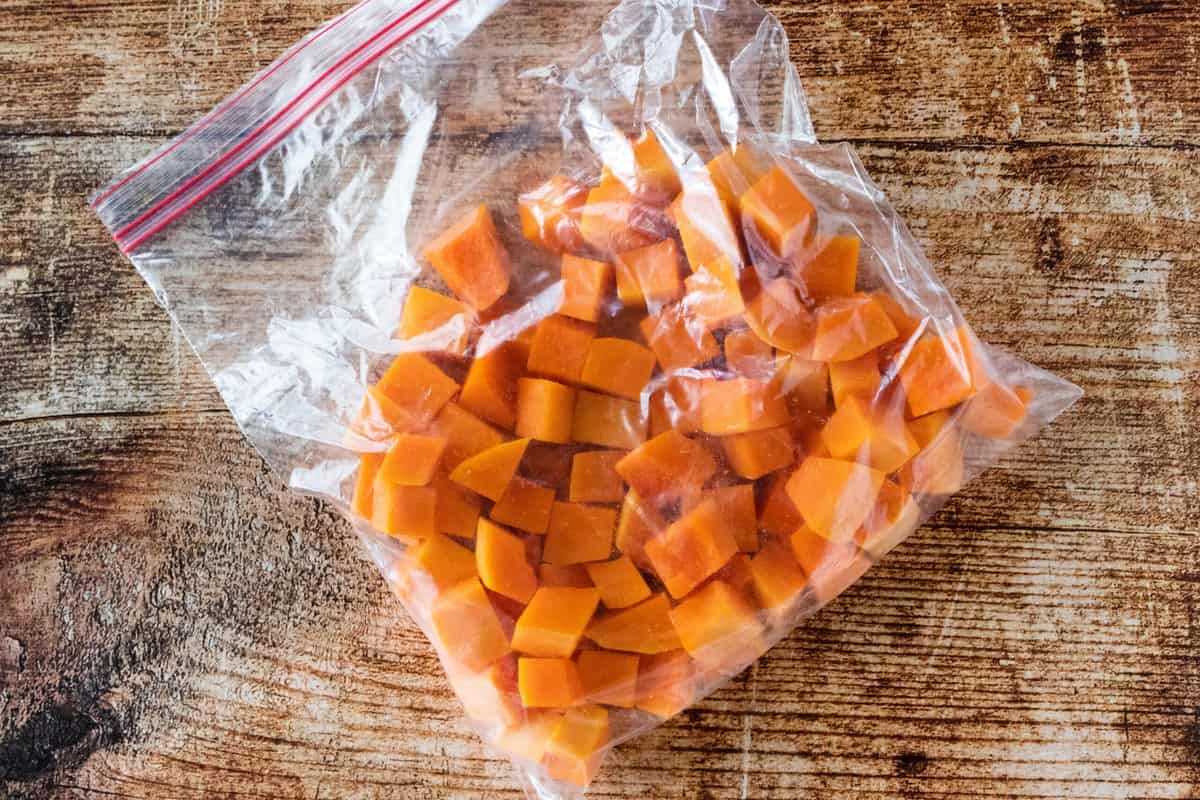

0 thoughts on “How To Store Summer Squash”